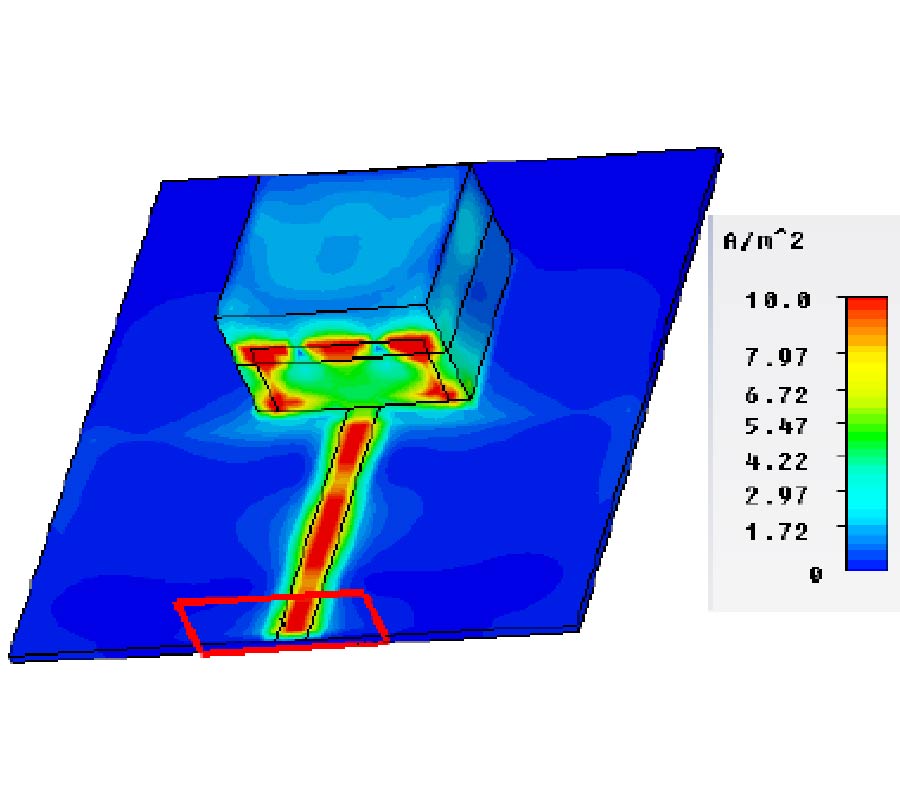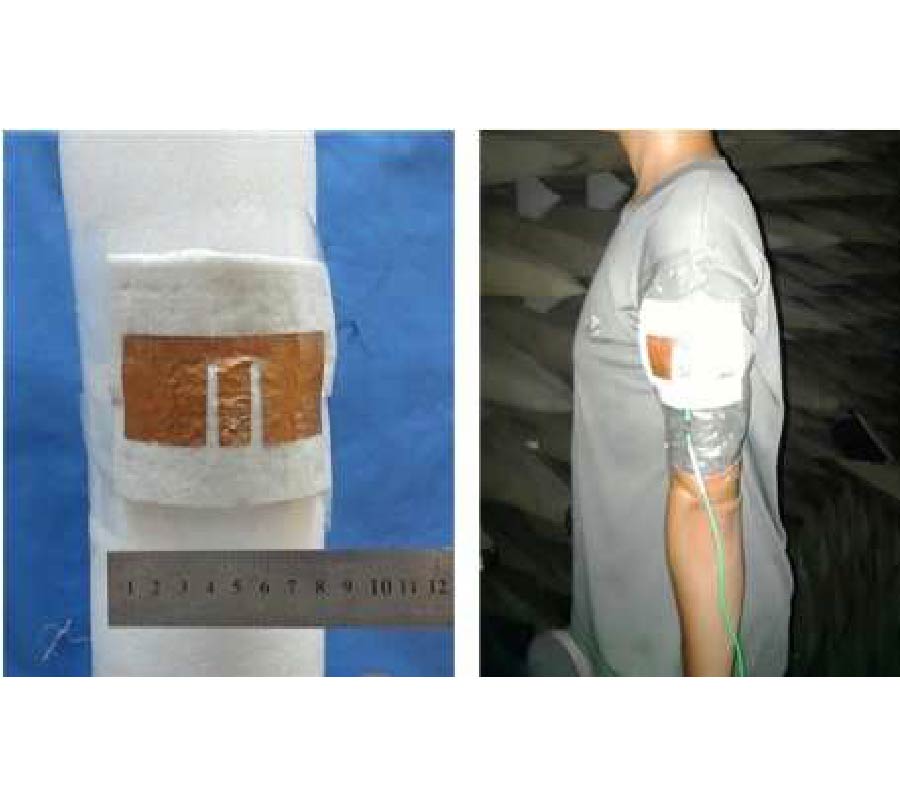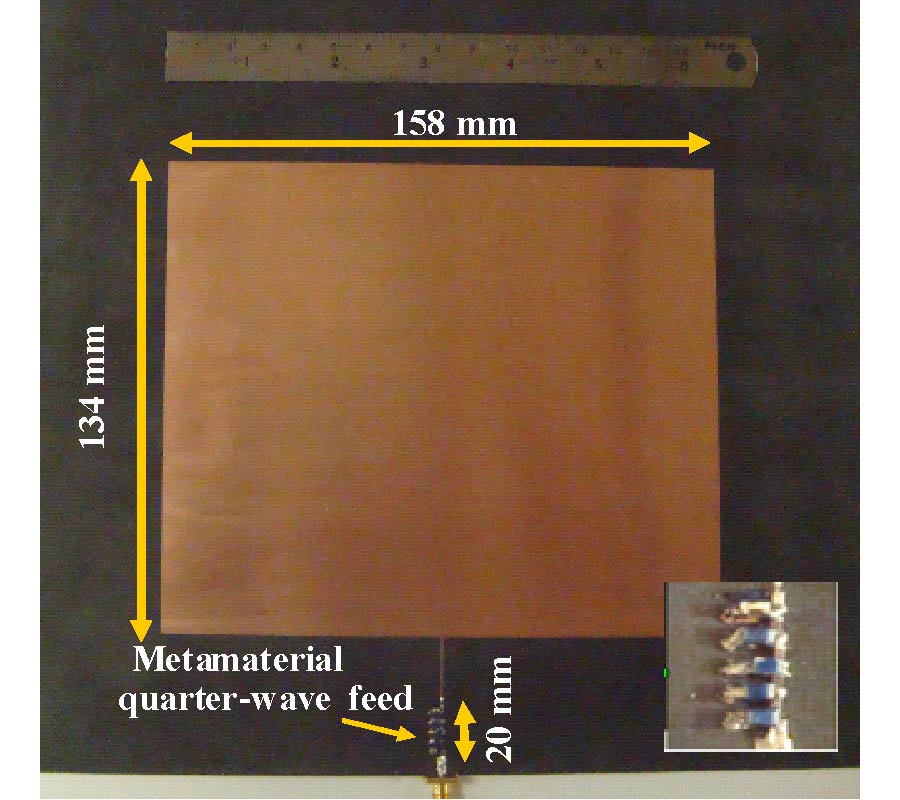A Long-Range Computational RFID Tag for Temperature and Acceleration Sensing Applications
Danilo De Donno,
Luca Catarinucci,
Adolfo Di Serio and
Luciano Tarricone
In this paper, the design, realization, and experimental validation of a battery-assisted radio frequency identification (RFID) tag featuring sensing and computation capabilities are presented. The sensor-augmented RFID tag comprises an ultra-low-power microcon-troller, temperature sensors, 3-axis accelerometer, non-volatile storage, and a new-generation I2C-RFID chip for communication with standard UHF EPCglobal Class-1 Generation-2 readers. A preliminary printed-circuit-board prototype, connected to a 3-V/225-mAh lithium battery, provides a lifetime up to approximately 3 years when sensing and RFID-based communication tasks are performed every 10 seconds. Moreover, the device exhibits indoor transmission ranges up to 22 m, 6 m, and 5 m when attached to foam, concrete, and wood respectively. The encouraging results achieved for an emulated application scenario demonstrate the suitability of the device to be adopted in contexts where temperature and acceleration sensing are required.



















